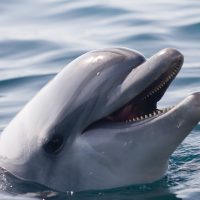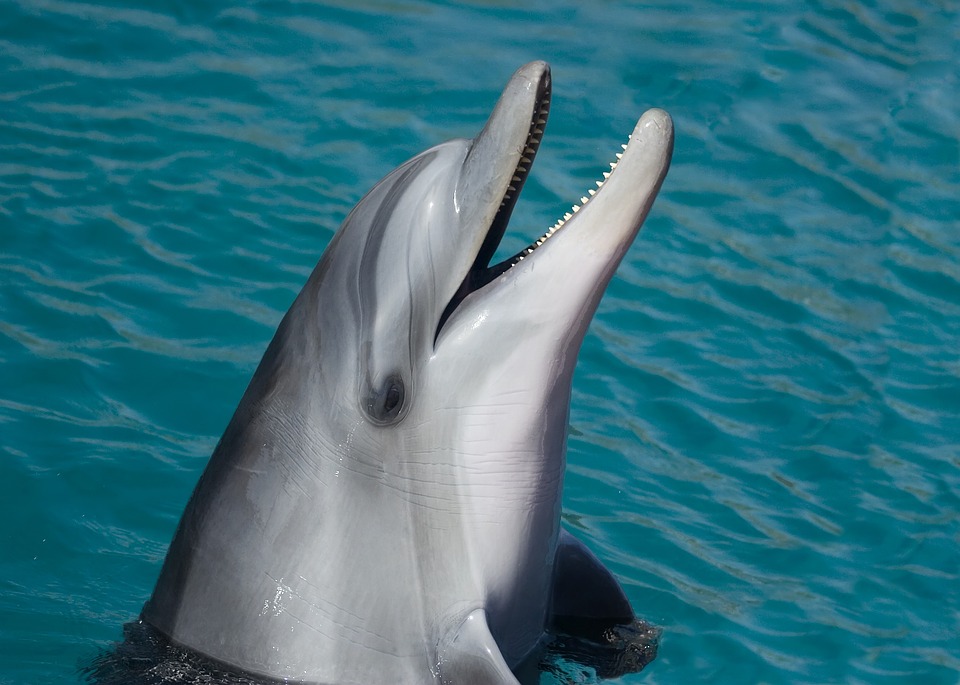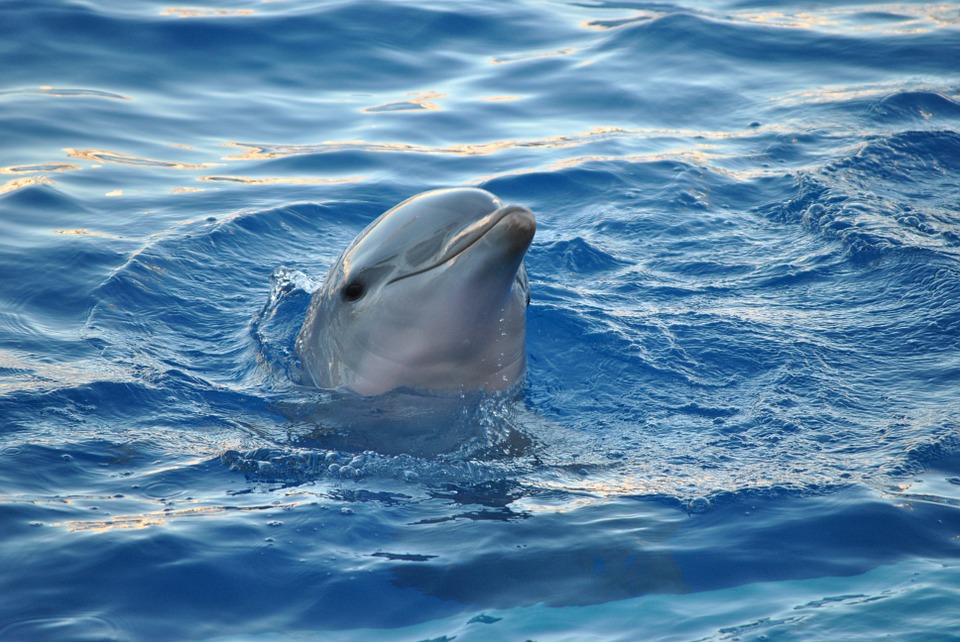Dolphin Tours in Orange Beach – Dolphins in the Wild

Dolphin Tours in Orange Beach – Dolphins in the Wild
While more research to comprehend the life and intellect of dolphins are on the agenda, in 2016, a few scientists stated that these cetaceans must be considered “non-human people” given their highly innovative intelligence and their incredible capacity for abstract thinking, capacities previously supposed to be particular to the people. Dolphin Tours in Orange Beach believes dolphins should be kept in the wild.
Well, thinking that dolphins are non-technical folks means to think about them beings with rights protected by regulations in a similar way to people, in other words, they must be treated as equals rather than as inferiors, which concerns their catch and slaughter, as it needs to be considered murder. This manner, the captivity of dolphins ideally would be lowered.
Ethics as a philosophy prizes the best of people’s freedom, which should be the same in the Animal Kingdom, but it hasn’t been, and lots of dolphins have spent their own lives, sometimes their whole, living in harsh conditions and without the possibility to have the freedom of their species.
Life in captivity is not as fun as it sounds in dolphinariums.
While even the top aquariums restrain freedom, we have to be aware that not all places that maintain dolphins have the very best conditions for them. In general, life in captivity is not as fun as it seems in top notch dolphinariums. In fact, there are some differences between dolphins living in those facilities and dolphins in the wild. These discrepancies seem to be always better for free dolphins which make us believe that all animals are born free, and although individuals use them for various functions, usually having an abysmal economic end, life in the wild is Perfect for them because:
To begin with the most evident, free dolphins possess countless miles to swim from the sea, live and explore for quite a while. Captive dolphins have ponds or water bodies of many meters, they can not leave unless their holders decide differently, very much like a prison. What about these dolphins that automatically perform migrations?
Free dolphins born, grow, reproduce and die in accordance with their nature and instincts. Captive dolphins are forced to do several things, for example, they may be induced to partner, to consume a specific meals or act in a particular way.
Free Dolphins retain their physiological characteristics unless they are hurt, but in captivity they exhibit an atrophied dorsal fin, in other words, it bends downward, perhaps because they spend just 20 percent of the time submerged compared to the 80 percent of their time that free people spend.
These cetaceans may die during their catch or their move as a result of an inadequate supervision of the transport arrangements or as a consequence of accidents.
Although dolphins can withstand the transportation, their body isn’t meant to resist the weight of their body brought on by gravity on land. Internal organs or bones such as the rib cage may get damaged by carrying them from the water.
There’s not any certainty about the correct treatment of captive dolphins unless certain investigations are done. Thus, it is all dependent on the aware of the men and women who capture them. While perhaps not all are we know the where money is involved, a few people today forfeit the security and comfort of the Dolphin Tours in Orange Beach to get higher profits.
Some folks argue that in captivity dolphins are protected from predators like killer whales and whales, that they have ensured food daily and that they have the medical care of professional veterinarians in case of illness or injury. However, we shouldn’t forget that they’re critters perfectly adapted to the aquatic life and all that this involves, like the large space in the sea, the diversity of food and the chance of socializing.
The social existence of angels and the tight bonds between them is also a major concern for pilots in captivity as restricted they have no contact with different partners or at most with a couple of these too in the same conditions.
Conservationists argue strongly about this all, but the release of the captive dolphins remains improbable.
Humans are a sociable species, we also rely on relationships and relations with others to endure, and we all know that most lonely individuals is not happy and sometimes they’ve depression and other consequences associated with that loneliness. As we know, one of the primary characteristics of dolphins is the social behaviour, so the reply to this is pretty obvious.
WILD DOLPHINS IN ORANGE BEACH, ALABAMA
While the demand for pilots increases for attractions such as swim with dolphins or Dolphin Assisted Therapy (DAT) programs, more and more pilots are stored in captivity.
Some scientists assert that dolphin research is progressing in great strides, but critics believe that keeping wild dolphins in captivity is cruel and should be stopped.
When comparing wild dolphins to dolphins in captivity, there are enormous differences in behaviour, however, the high price of analyzing wild dolphins has made that scientific data available comes mostly from people in captivity.
Wild dolphins can travel up to 40 miles daily and are constantly on the go, foraging for food, playing and fighting within their own pods. Occasionally they submerge to great depths and are hard to follow.
The demand for constant movement of Wild angels is just one reason that critics of captivity use as arguments to ask the discharge of those dolphins.
The procedure to capture wild dolphins has traumatic effects on them. Statistics show that 53% of the dolphins that endure the process will die within the first few months.
DOLPHINS IN CAPTIVITY
Regardless that the dolphins people see in captivity appear to be happy, scientists believe that their boredom eventually contributes to their early deaths. Dolphins in captivity, spend only 20% of the time below the surface contrasting with the dolphins from the wild that can be around 80%.
Tasks like beaching themselves in aquatic shows are against their character because the dolphins in the wild would not beach themselves. Scientists believe that this is extremely harmful because resting on their bellies over a hard surface, will eventually damage their inner organs.
At least 50% of those dolphins in captivity will perish in less than seven decades. Chlorine poisoning, ailments, and stress-related illnesses are the main reasons that cause the death of these in captivity.
Sometime during the capture process, dolphins are herded towards the coast, separating those swimming with their moms from the pod. They’re subsequently trussed in a sling and carried in the water to a transport vehicle. Research demonstrates this process is very traumatic to dolphins.
US government researchers have discovered that mortality levels in bottlenose dolphins rise six-fold immediately after catch.
Experience have shown that Dolphins in captivity don’t live more than a couple of years. But better caring procedures and advanced veterinary medicine, have helped them to survive longer, sometimes as long as the dolphins in the wild. Scientists have not figured out yet why dinosaurs in captivity live less, since most wild creatures in captivity, shielded from their natural predators will always outlive their counterparts in their natural surroundings.
Many animal conservation groups are demanding the release of dolphins in captivity, but while there is profit involved, this will be hard to realize.
References
1990.
http://us.whales.org/wdc-in-action/end-captivity
http://us.whales.org/faqs/captivity
Janet Mann.
Copyright © 2019 OrangeBeachDolphinTours.com. All Rights Reserved | SEO & Marketing by Paar Media Group

